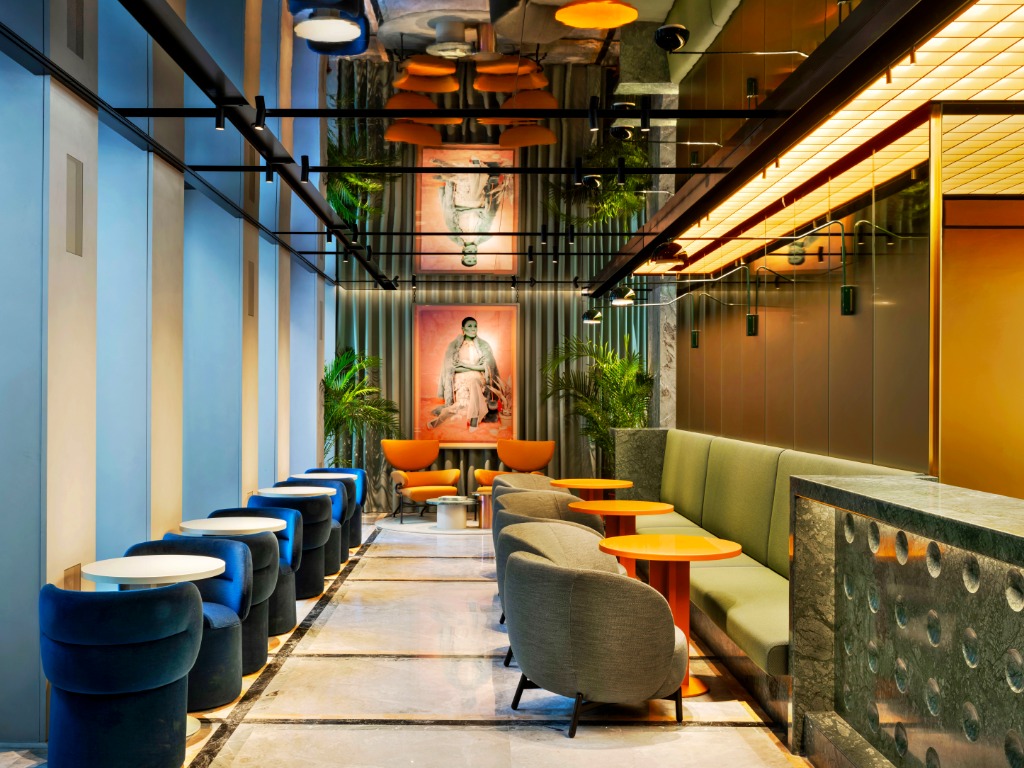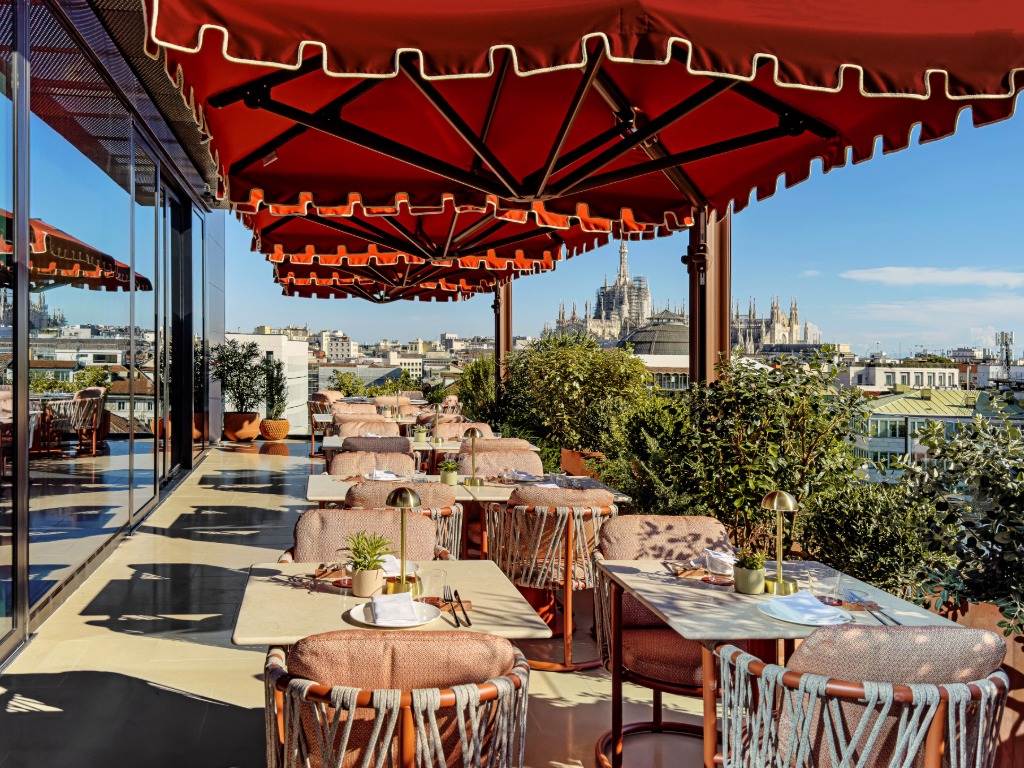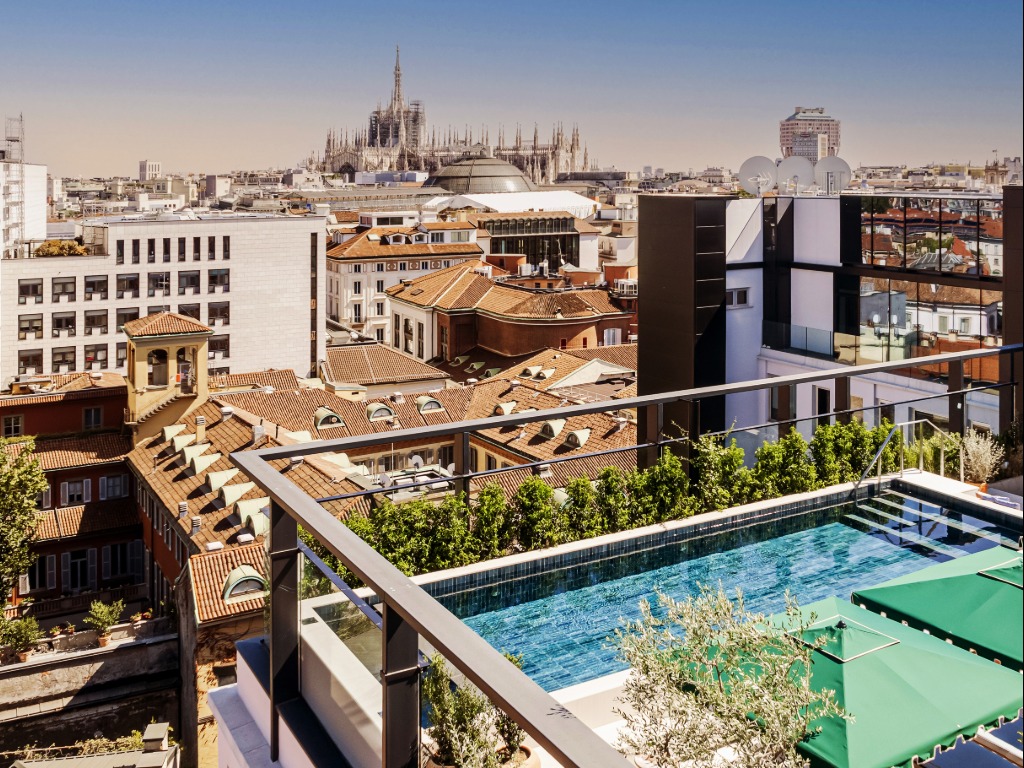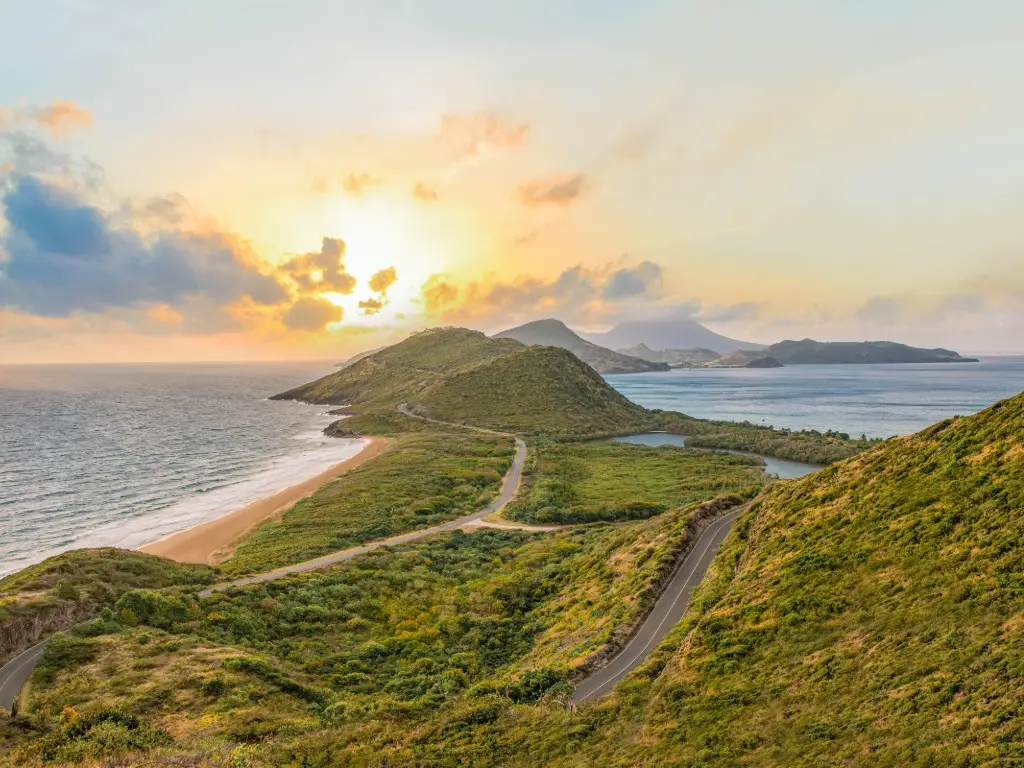
A palace-like hotel is opening in a 17th century building Paris
Maybourne has today announced a 2027 opening for its newest development in the Parisian quarter of Saint-Germain-des-Prés, The Maybourne Saint-Germain, bringing a palace-style hotel with 101 keys and 23 ultra-luxury branded residences to Paris for the first time.
Expanding its prestigious hotel portfolio, Maybourne is creating an extraordinary property that reimagines bespoke hospitality in the City of Light, affirming its status as the eminent choice for global luxurians and strategically focusing on growth within select urban gateways.
The Maybourne Saint-Germain is located along the Rive Gauche within the iconic 17th-century Îlot Saint-Germain, marking a new era for the historic building. The 23 residences will be envisioned by two renowned French interior designers, with seven by Pierre-Yves Rochon along Rue Saint-Dominque, and 16 residences by Laura Gonzalez, located on Rue de l’Université.
About the Maybourne Saint-Germain
Positioned between Boulevard Saint-Germain and Rue Saint-Dominique, the Îlot Saint-Germain has been a Parisian landmark since the 17th century.
Re-concepted for the 21st century, The Maybourne Saint-Germain will create a fourth era for Îlot Saint-Germain, seamlessly integrating with its heritage and creating a new layer of history.
As with each of Maybourne’s properties, The Maybourne Saint-Germain will be extraordinary in its own right while remaining connected to its sister hotels through the brand’s signature craft, progressive vision, and unrivalled locations. The hotel will feature 50 suites and 51 rooms, surrounding a serene inner courtyard.
Aspiring to be the living room of Saint-Germain, residents and guests will also have access to six food and beverage outlets, including a Japanese restaurant, patisserie, Salon de Thé, and more, and Maybourne’s new wellness and longevity brand, Surrenne. A central part of the project, Surrenne will be one of Paris’ largest luxury spa and health clubs offering immersive health, fitness, and beauty, as well as access to a third pool within the property. The 23 branded residences, all serviced by the hotel, will include access to a designated 25-metre pool accessible only by residents, in addition to the hotel’s 30-metre rooftop pool (pictured above).
This opening, born from a fusion of avant-garde Parisian chic with heritage and artistic flair, will mark Maybourne’s first property in Paris and its second in France.
To find out further information about The Maybourne Saint-Germain visit maybourne.com/development.



























